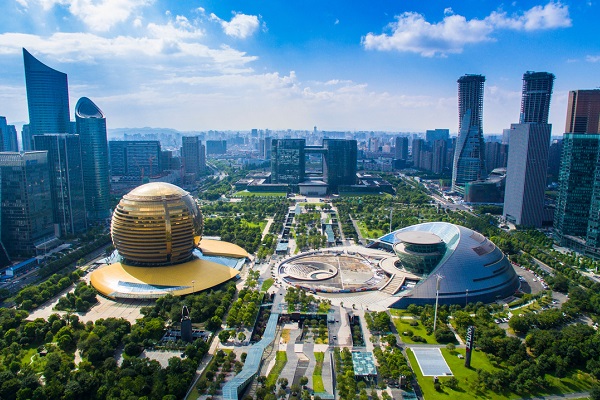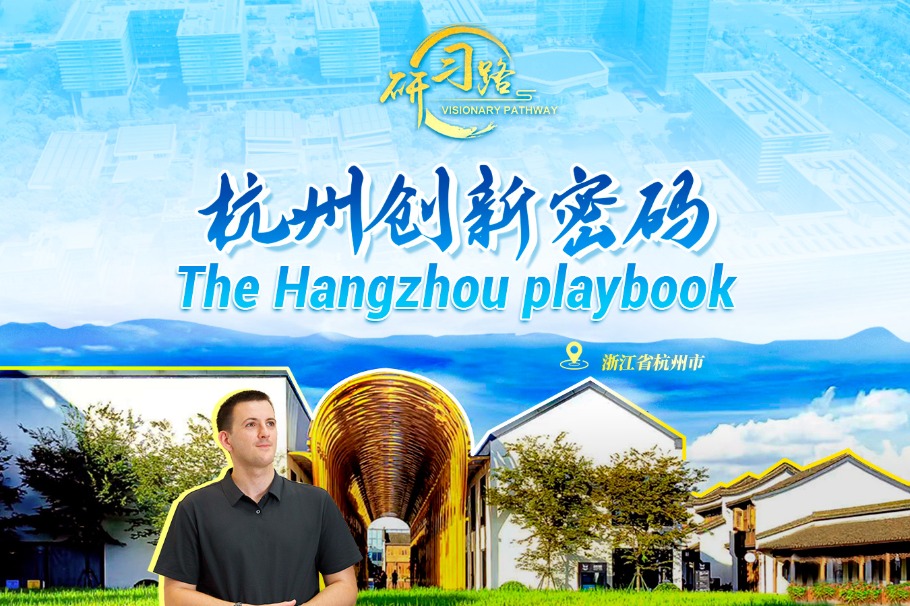A celebration for a time of promise
To preserve that heritage is the highest form of veneration for one's forebears, a tradition deeply embedded in the customs of Chinese New Year celebrations.
In Dream of the Red Mansion, widely regarded as one of the most accomplished novels of ancient China, author Cao Xueqin (1715-1763) vividly depicts the intricate rituals of ancestral worship performed by a prominent family of the era. Humbler households followed modest practices, offering food and incense to painted portraits of their ancestors displayed on a long table that served as an altar.
In China's rural villages, both past and present, these rites are often conducted in communal temples dedicated to shared ancestors.
It's worth noting that ancestral temples were often the first structures built by early Chinese immigrants, some of whom crossed the Pacific in engineless junk boats nearly 150 years ago.
On America's West Coast, where early Chinese immigrants endured severe forms of racism — including nearly 500 anti-Chinese riots in the 1870s and 1880s, mostly in California — the temples served as spiritual sanctuaries.
For these communities, celebrating Chinese New Year constituted a profound expression of cultural identity, a means of resisting assimilation.
In an early 20th-century black-and-white photograph of the festival, a puppet dragon weaves in serpentine movements down a bustling American street, flanked by storefronts adorned with English signs.
Performed during Chinese New Year celebrations for over a millennium, the dragon dance likely evolved from ancient rituals meant to invoke the blessings of the dragon, a symbol of power believed to bring rain and ensure a bountiful harvest.
The performers in the picture, manipulating the dragon puppet made of cloth stretched over a multi-segmented bamboo framework, likely practiced this tradition in their native Chinese villages before emigrating to the United States, where many usually found work as railroad builders and laundry workers.
Chinese New Year became one of the rare occasions when these hardworking yet often-overlooked individuals could make their presence known — loudly and proudly. That's perhaps why, even when local ordinances forbade firecrackers, some defiantly banged pots and pans, reclaiming a space for their cultural memory, both in and outside the Chinatown.
By honoring that collective memory, they passed it down to their descendants who, not without much struggle, forged a new identity in their adopted home to carry that heritage forward. Over time, they transformed the festival into a global phenomenon participated by the Chinese diaspora worldwide.
-
Visionary Pathway - Hangzhou Playbook
July 15, 2025



